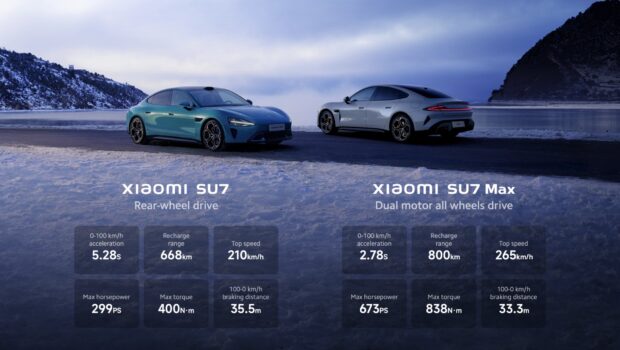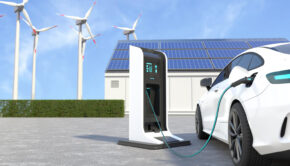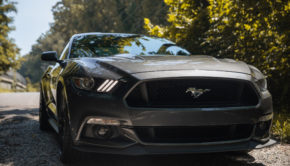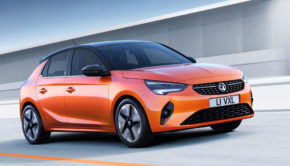Xiaomi made their first car and I am impressed
Xiaomi is a mobile phone manufacturer, and they built a car. While it is usually surprising when a mobile brand makes a car, I don’t think Xiaomi making a car is surprising at all, because this company makes everything from underwear to bulbs. What I’m excited about is that they managed to make a practical electric car!
Xiaomi SU7
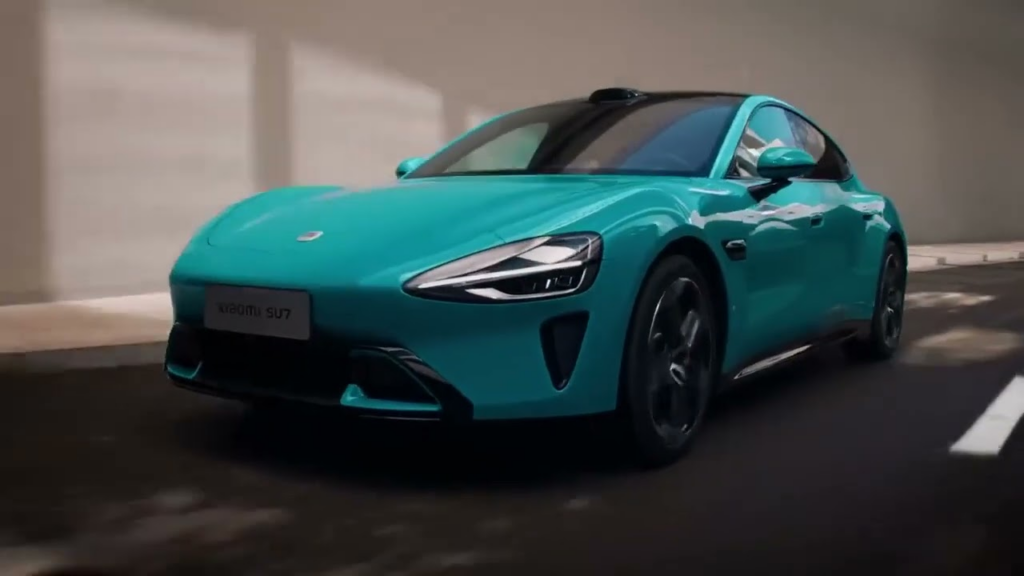
First thing to note here is that Xiaomi is not using a sub brand or a separate company to make their vehicle. It is the Xiaomi SU7, the same company that unveiled the Xiaomi Mi 14 this year. This is their first car. The SU7 is an EV or Electric Vehicle. Now, this car is not an experimental, concept or vision car, it is real and Xiaomi expects it to gradually sell it to consumers around China and other countries (with an emphasis on global sales). Now, let’s get the obvious piece of info put to the table; which is that Xiaomi worked with BAIC which is the company that unironically worked with Daimler to make the Marcedes-Benz E300L port over to China, and the specific version was called Beijing-Marcedes-Benz E300L. Long story short, Xiaomi with BAIC is not much different than Sony working with Honda.
Possibly the most practical EV
Talking about Sony, and their vision concept car, the car itself is not comparable to Xiaomi SU7, because Sony’s Vision S car is only a vision, or a concept. While the Xiaomi SU7 is a real electric vehicle you can soon buy it if you want (and if dealers bring it to your respective countries). While I like the futuristic promises and the concepts of Sony Vision S, I don’t think it’s a practical car even if it was out. Xiaomi SU7 on the other hand is a practical car. It is made not for future’s sake, but for today.
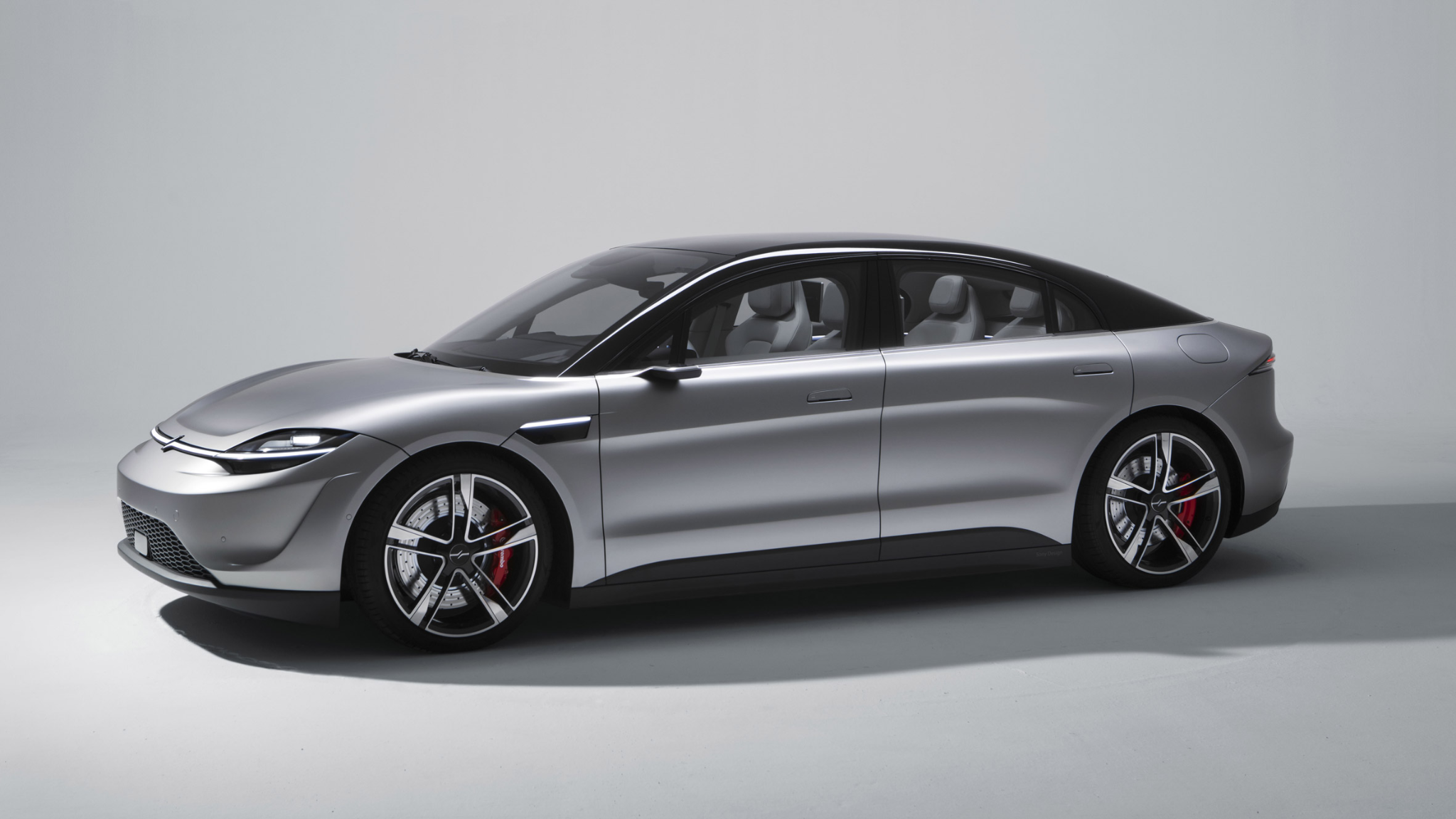
I think I should explain what I mean by “practical”. To me futuristic concepts are fine, but a person hoping to commute to his office tomorrow, or a man taking his kids to school won’t like it when a car has a futuristic gesture based shifter instead of a physical shifter. It doesn’t matter if your car dashboard pulses if you’re bleeding in your legs and want to go to the nearest hospital in your car. A practical car works beyond the captivating factor. I am yet to confirm the full details of the interiors, but the current design leaks shared by ArenaEV gave me some hope that it won’t be as twisted as most radical ones out there in the market. And for the most part it is not, now that we have an official preview. Except I hate the fact that they went with a dial shifter (but at least it is physical? I still don’t like this form factor).
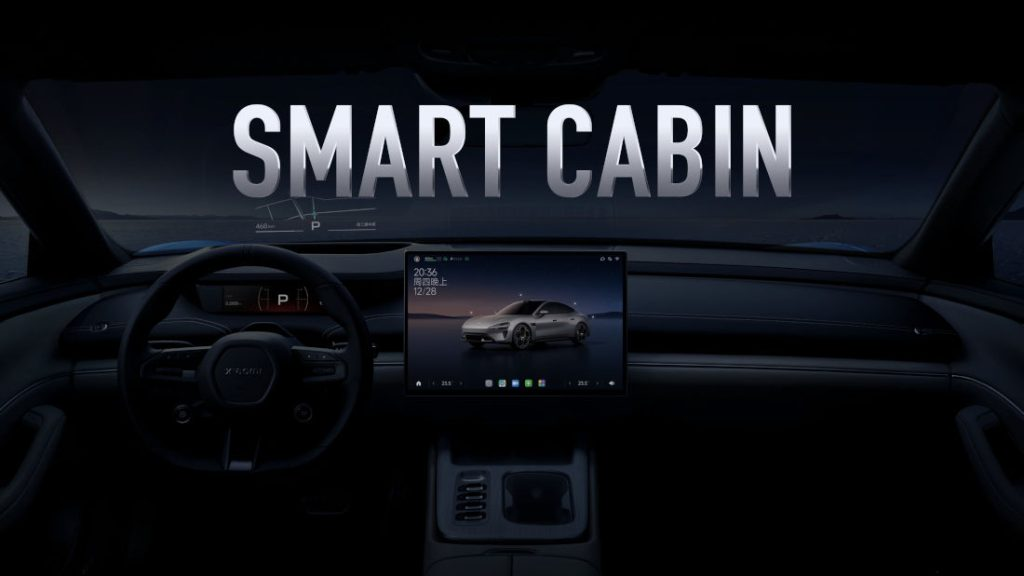
Image: Cabin preview by Xiaomi
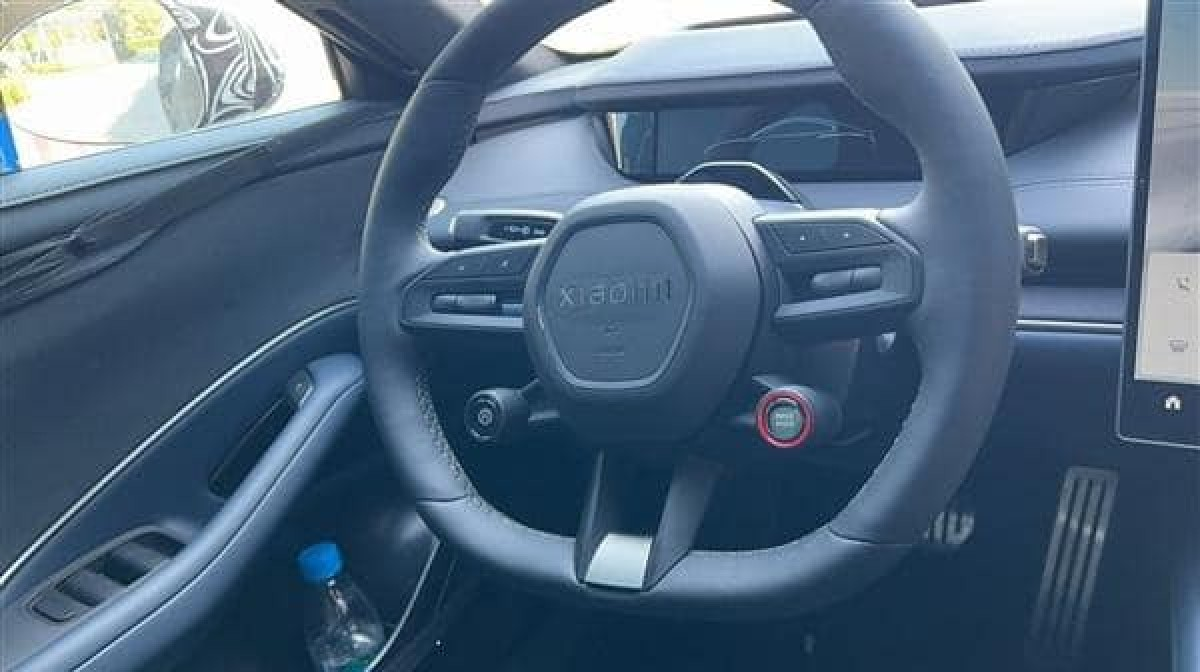
Image: Leaked interior of SU7
General specs of SU7
There are actually two versions of SU7, one is the base rear wheel drive version, and there is another version that got cleared by EU certification authority, so it is confirmed that there will be one rear wheel drive version, and another all wheel drive version with maximum specs for global markets like they planned domestically. Here is a table (I may not have all the details right):
SU7 | SU7 Max | |
|---|---|---|
Drivetrain | Rear Wheel Drive | All Wheel Drive |
Power | 220kW, 299hp | 495kW, 673hp |
Torque | 400 Nm | 838 Nm |
Motors | HyperEngine V6 with 21000RPM | HyperEngine V8 with 27200RPM |
Battery | 73.6kWh Li-ion (400 volts) | 101kWh Li-NMC (800 volts) |
Range | 668km (factory condition dynamometer) | 800km (factory condition dynanomemter) |
What’s the same in both versions are their form factor, which is a Sedan body, 4 door 5 seater car with a Porsche like design with quite good drag coefficient of 0.195Cd. Now, that’s an impressive number I tell you, because Tesla weighs less than both SU7 variants, has a lower profile, and has 0.22Cd. That’s interesting.
The design
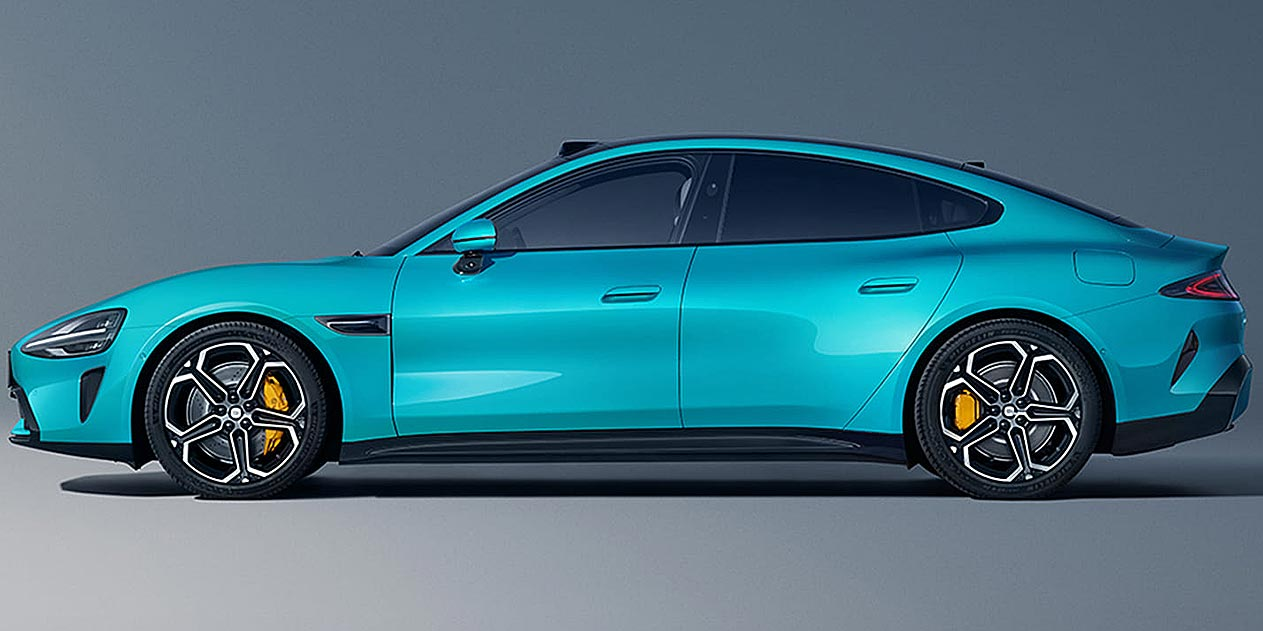
In terms of EV’s, you can sort of one and know it’s an EV. It’s for a reason, a fundamental difference between ICEV’s and EV’s. Having a combustible engine means you have to design your cars in certain ways, otherways it won’t perform well. EV’s, not having an engine do not have to maintain strict design restrictions. This is why EV’s look so different, because it does not make sense to port over traditional designs now that you have a bit more freedom.
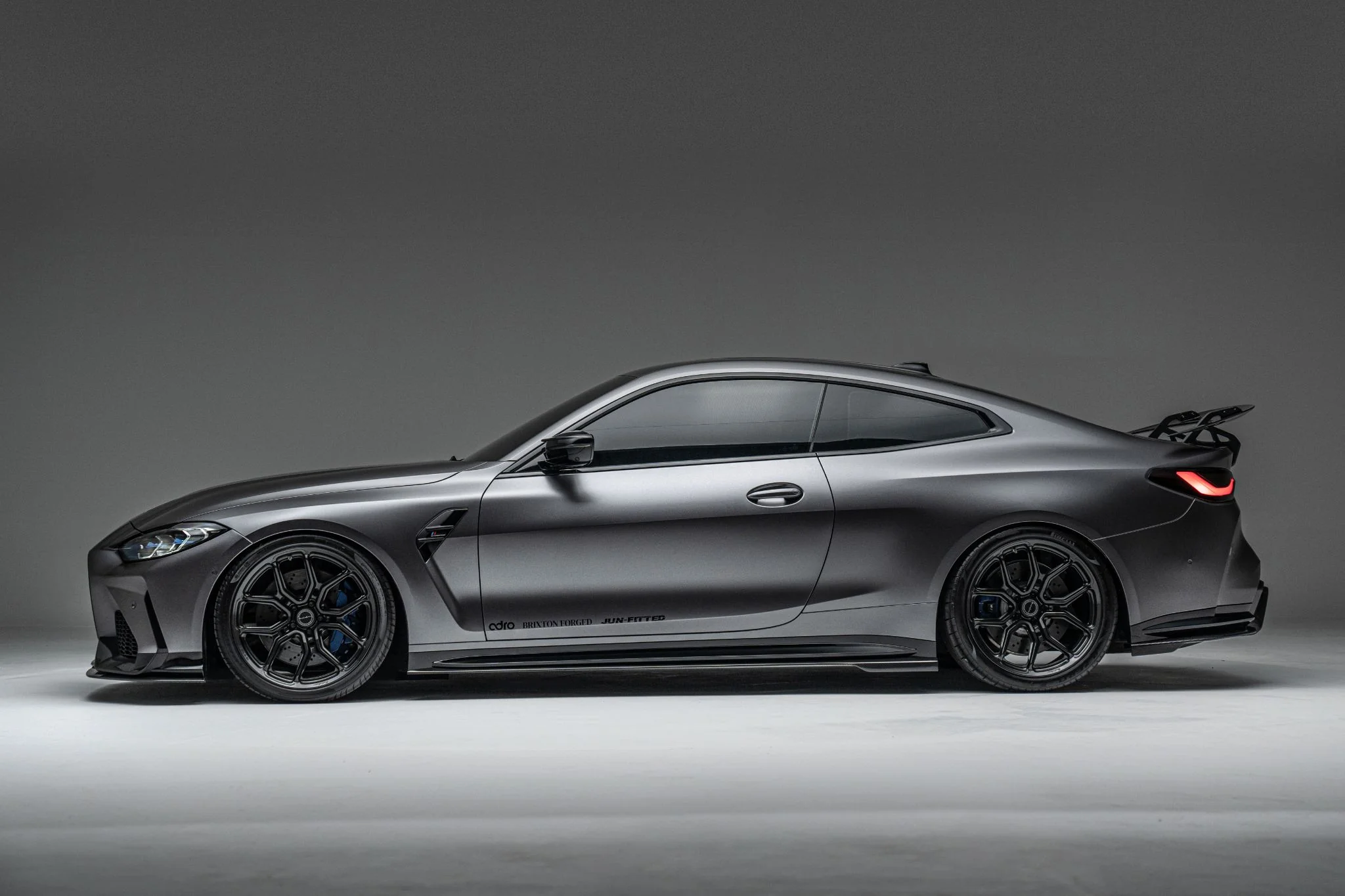
Xiaomi SU7 does look like an EV, that’s for sure, you can’t fool nobody with that. But it also kinda has some unconventional design choices seen in the car. For example the front wheel is quite backed up from the nose, which is a design ICE cars like BMW use to allow better weight distribution on front engine configuration. Xiaomi SU7 has an empty space in that place, but they still put the front wheels further back. Are they trying to look regular and not funky EV? I honestly like it. It does look like an EV with weird headlights. But they managed to make it not too striking, which is a positive thing.
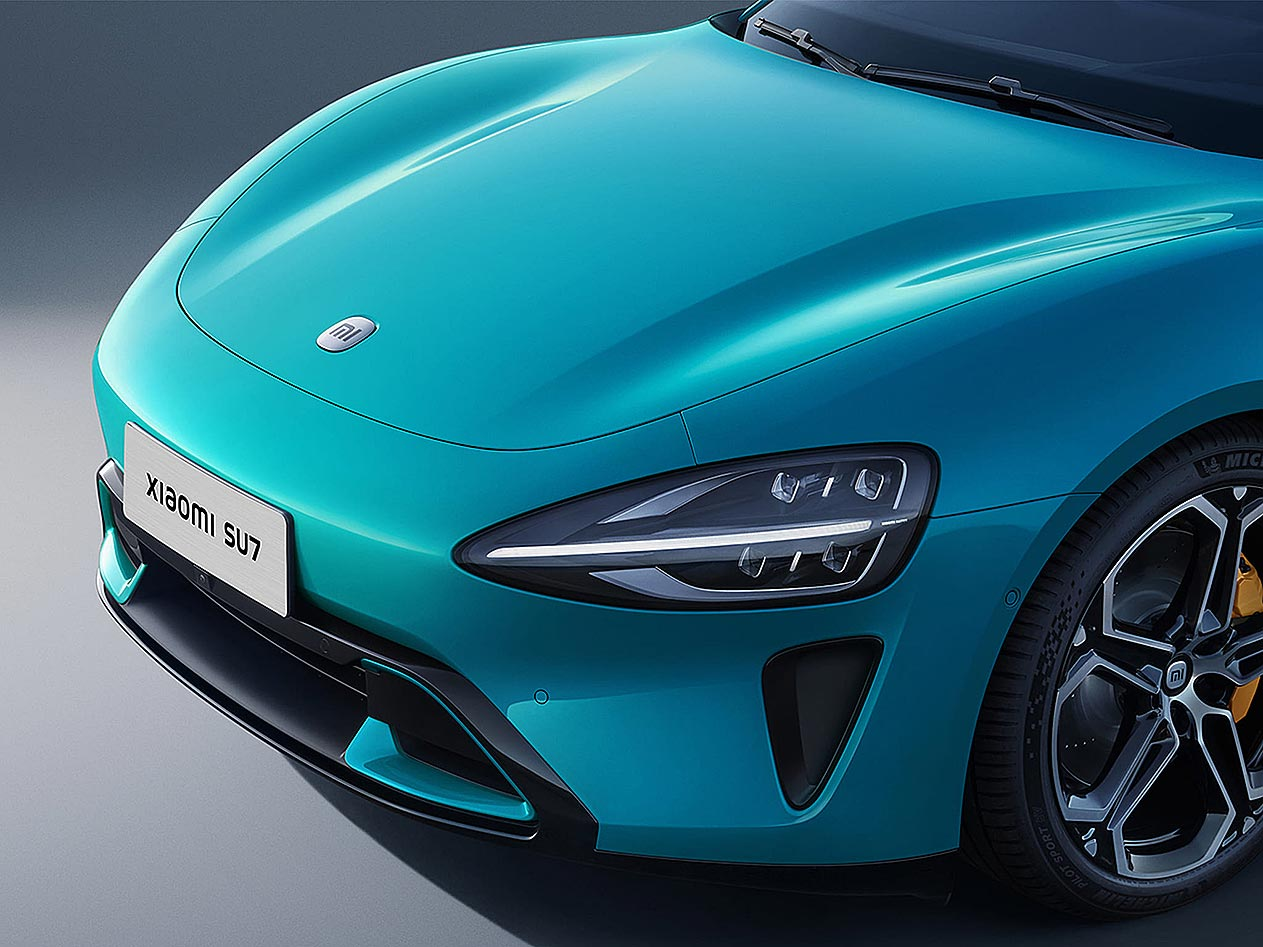
This car is surprisingly low, and from the marketing materials and press, Xiaomi wants this car to be in between a regular sedan and a performance car. Xiaomi did not make it 2 door, or have less seat, it is a small family supporting car that is designed to be taken out for regular commute, while being performant enough. Talking about performance, it’s lower than Tesla Model 3, and has better aerodynamics than it. The vents are quite subtle but not totally out of sight, and they are very functional, giving the car good drag coefficient and with the help of the motors, the RWD version goes 0-100 in sub 6s, and the AWD does it in sub 3s (2.8s to be specific).
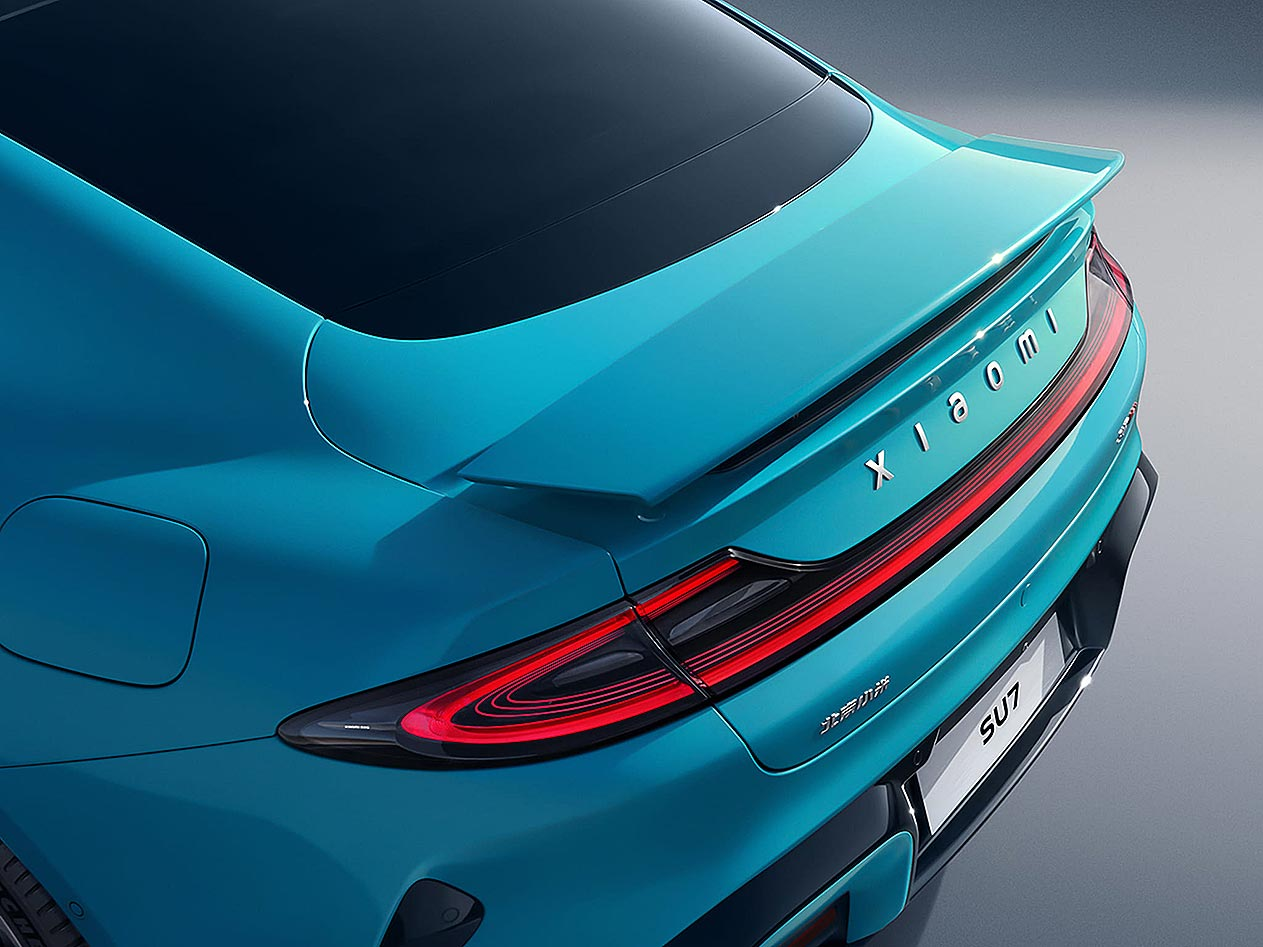
There is nothing special in the back apart from the weird vent like lights. It’s a standard looking vehicle, which is again positive to me. The spoiler can be tucked away electronically, and of course the trunk is electronic. Boot space stands at 517 ltrs or 0.517m3 which is OK for a sedan.
Interior
The traditional and practicality does not end there. The interior of Xioami SU7 is quite standard.
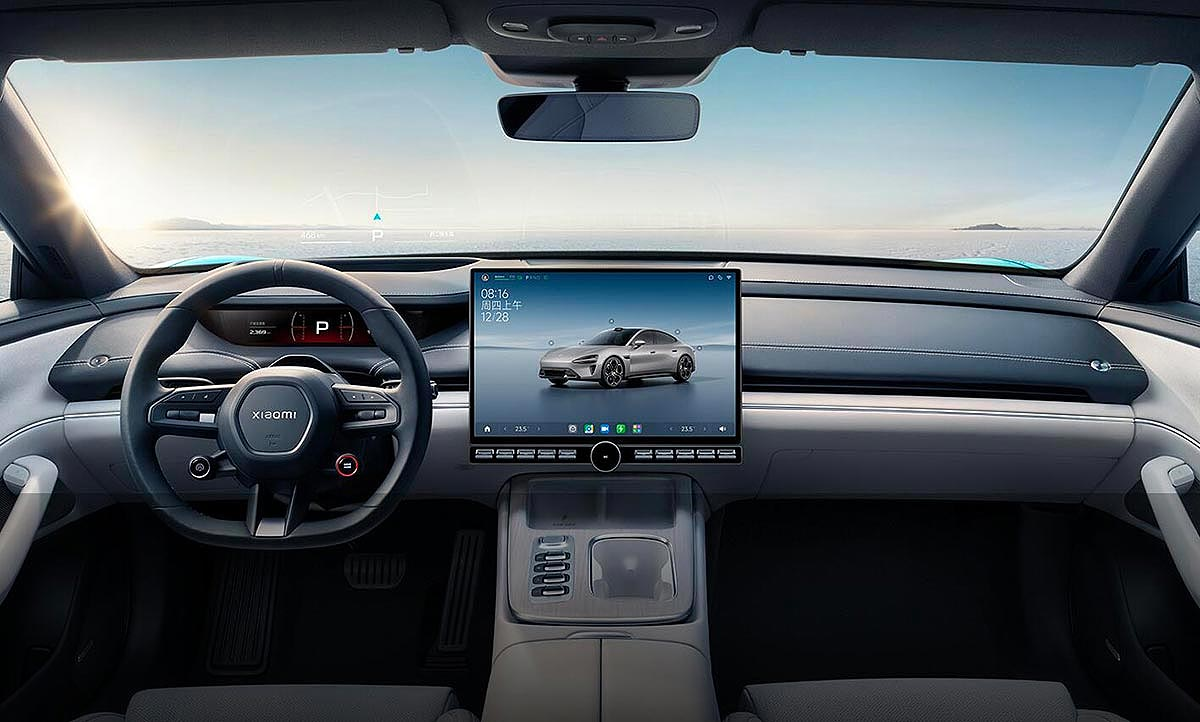
What I don’t like about the Tesla interior is not present in this vehicle. While it does match the layout of a Tesla, it gives me a very standard German or Japanese vibe. It is maybe because of the soft material, seat to console spacing, the existence of physical buttons as opposed to total virtual screen based controls and simply the existence of a gauge, which is lacking in Tesla Model 3.
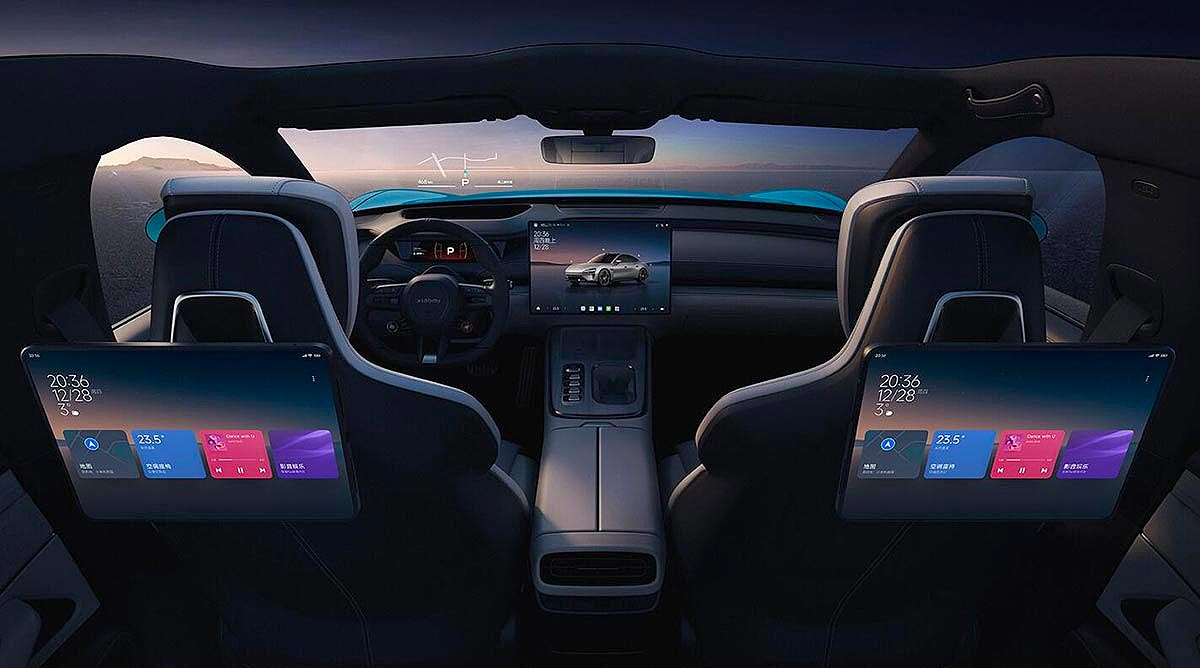
You have heating and cooling in front and back, with separated vents for the back seats. The car comes with all the essentials in its base package, like heated seats which are also ventilated, you also have a panoramic sunroof. In addition to your central 16 inch screen with Android Auto and Apple Carplay, it integrates with the HyperOS ecosystem with Xiaomi phones and other gadgets. HyperOS is like Xiaomi’s own ecosystem, integrated across their products. You also have two massive screens in the back, also running HyperOS, which is basically an Android powered device, with HyperOS top layers.
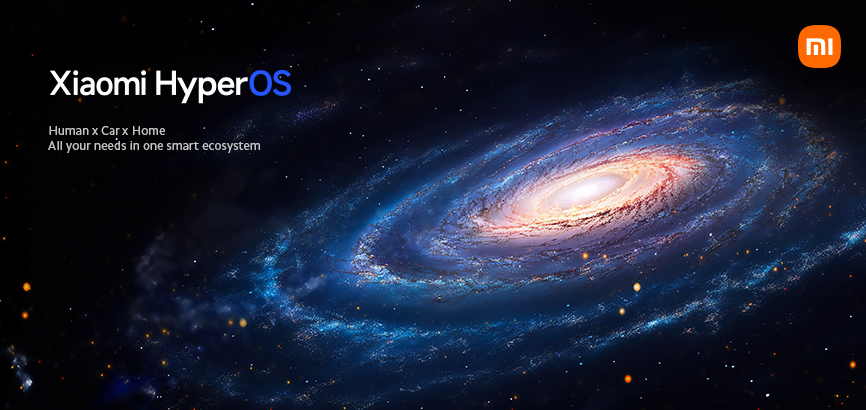
The central screen is not the single point of controls like in Teslas, which is the worst design choice to me due to how many steps you need to take in order to change a single control in your car. In SU7, there are physical buttons and a dial to adjust climate and more. There are physical shifters in the form of buttons, and there is a cup holder in the front. For some reason, Xiaomi provides references, sometimes showing these physical buttons, sometimes not. I think there is an optional build with no physical buttons, but the outlets confirmed that there are indeed physical controls.
Where I’m sceptical
I am not a big EV hype fan, due to the fact that EV’s are not yet saving the world. It will take a bit more time to go head to head with a modern plug-in hybrid when it comes to emission reduction and overall carbon footprint. And I also don’t like it when EV’s are hyped more than they deserve. Xiaomi cannot escape these problems. But, where I am positive is in the fact that Xiaomi is going practical, and using EV base for fast development and not building fortune over hype. Super futuristic cars are too unrealistic, and products like Cybertruck disappoint me too much. It’s great that Xiaomi is not trying to do that. Although Xiaomi SU7 has quite good safety ratings, I don’t know how it can escape Tesla examples of battery hell. It’s a good thing Xiaomi managed to not cheap out on better sensors and physical.
Xiaomi’s prior reputation for bypassing regulatory rules has sparked my discomfort about their entry into the automotive market. Cars, unlike smartphones, are not just simple gadgets; they are complex machines that hold the potential for serious consequences when safety is compromised. Xiaomi’s past history of cutting corners on compliance raises concerns about whether they will prioritise safety and quality in their car manufacturing efforts. Their software, too, has raised eyebrows in the past, leading to doubts about its reliability and potential security vulnerabilities. Until Xiaomi can convincingly demonstrate a commitment to regulatory compliance, software integrity, and automotive safety, I remain hesitant about their involvement in this industry.

